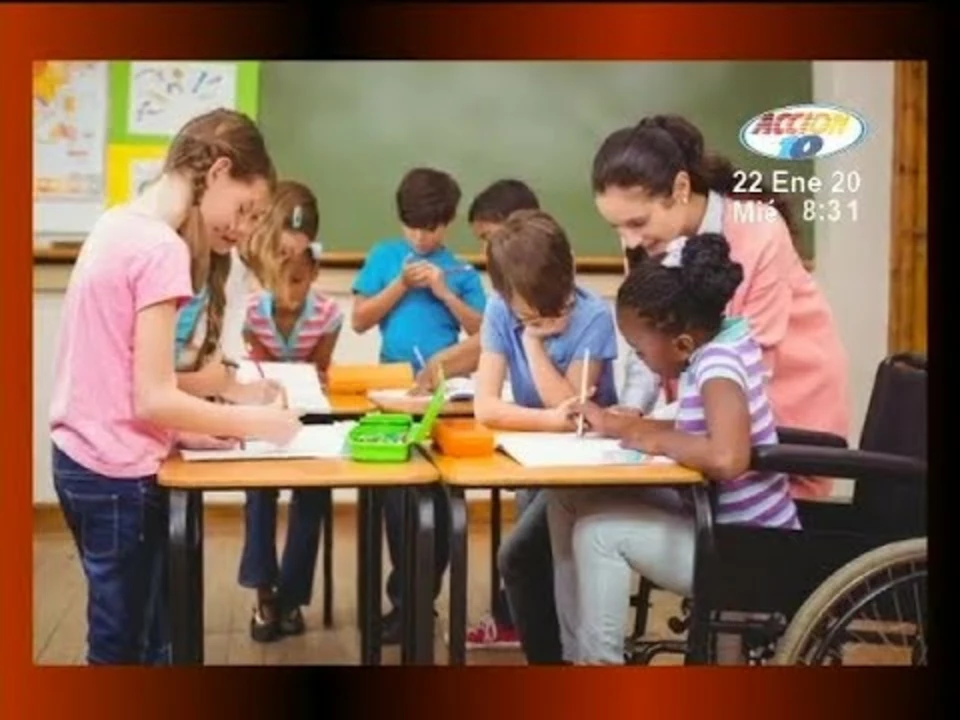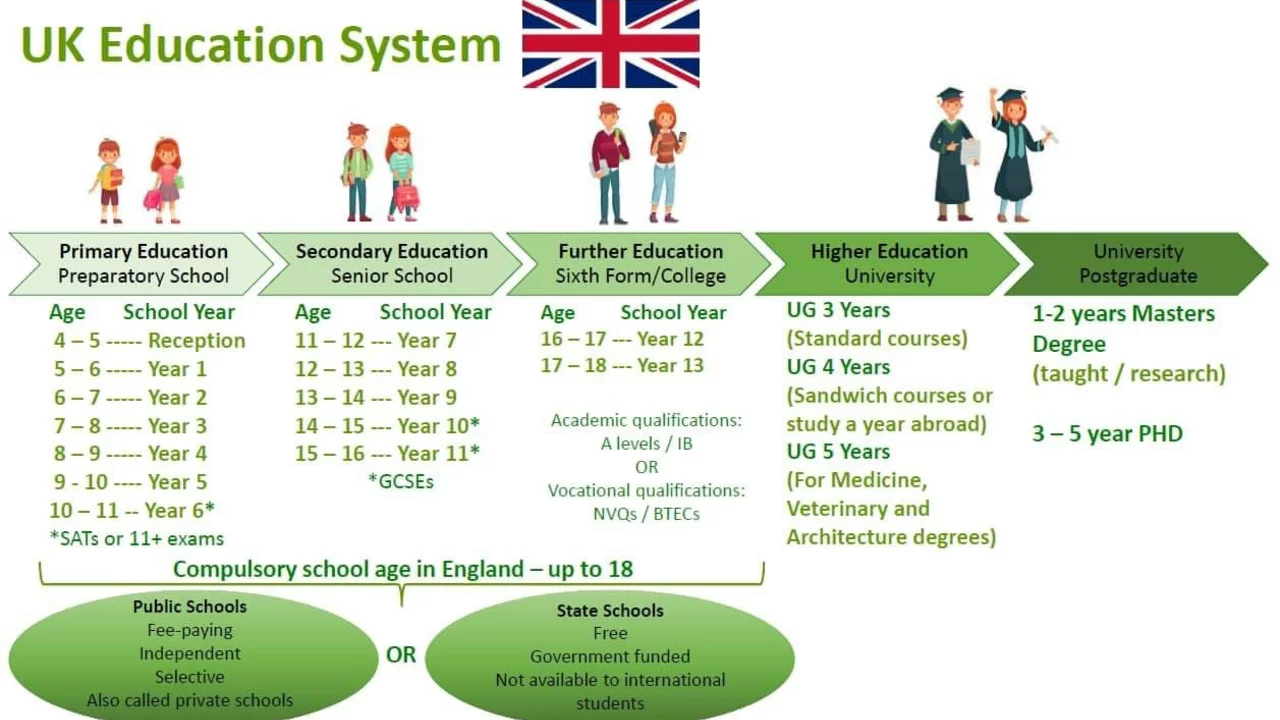What should the future of education look like?


0 Comments
The Benefits of Online Learning: How Technology Can Improve Education
The future of education should look to technology for new and improved ways of teaching and learning. With the rise of online learning, students now have more access to educational materials than ever before. This has opened up new opportunities for learning, allowing students to learn at their own pace and in their own comfort.Online learning provides students with the flexibility to learn when and where they want. They can access course material on their own time, which is particularly beneficial for those with busy schedules. They can also access course material from any location, so even if they are traveling or living away from home, they can still take part in their studies.
Another benefit of online learning is that it allows for more personalized instruction. With traditional classroom instruction, teachers are limited to the material they can cover in a certain amount of time. With online learning, however, teachers can tailor the course material to their students’ individual needs and interests, allowing for more in-depth instruction and more meaningful learning experiences.
Finally, online learning can help reduce the cost of education. By taking courses online, students can save money on transportation and other expenses associated with attending a traditional college or university. This makes education more accessible to those who might otherwise be unable to pursue their studies due to financial constraints.
The future of education should embrace technology and the opportunities it provides for new and improved ways of teaching and learning. With the right approach, online learning can help improve educational outcomes, reduce costs, and provide students with more personalized instruction.
The Role of Artificial Intelligence in the Future of Education
The future of education will be heavily influenced by the role of artificial intelligence (AI). AI has the potential to revolutionize the way students learn and interact with their teachers. AI can provide personalized learning experiences tailored to each individual student, as well as providing teachers with the tools to better assess and understand their students’ progress. AI could also help teachers create more engaging and interactive learning experiences for their students.AI could be used to develop intelligent tutoring systems that can assess a student’s progress and provide feedback in real-time. AI could also be used to develop intelligent virtual classrooms or virtual tutors that can provide students with a more immersive learning experience. AI can also be used to create virtual simulations or virtual worlds to help students understand complex concepts in a more engaging way.
AI could also be used to create intelligent classroom management systems. These systems could be used to monitor student behavior and performance in the classroom, and provide teachers with the data they need to modify the curriculum and improve their teaching methods. AI could also be used to automate certain administrative tasks, such as grading and attendance tracking.
Finally, AI could be used to create more efficient and effective learning experiences. AI-driven algorithms can analyze large datasets of student performance, provide teachers with insights into student strengths and weaknesses, and recommend personalized learning experiences that meet the needs of each individual student.
By leveraging the power of AI, the future of education will be more personalized, engaging, and efficient. AI can help teachers better understand their students and provide them with the tools they need to create more effective learning experiences.
Exploring the Impact of Personalized Learning in the Classroom
As the education system continues to evolve, the idea of personalized learning has become increasingly important. Personalized learning is the process of tailoring the learning experience to the individual student's needs and interests. By doing this, teachers can provide students with an education that is more engaging, relevant, and meaningful.The potential benefits of personalized learning are numerous. For example, as teachers tailor instruction to each student, they are able to provide more targeted support and guidance, which can lead to improved academic performance. Additionally, personalized learning can foster greater student engagement, as students have more control over the learning process and are able to pursue topics that are of interest to them.
Despite these potential benefits, however, there are still many challenges associated with personalized learning. For example, it can be difficult for teachers to provide individualized instruction to every student in the classroom. Additionally, some students may feel overwhelmed or intimidated by the amount of freedom that comes with personalized learning.
Therefore, it is important for educators to think carefully about how to best implement personalized learning in their classrooms. This could include providing students with more opportunities for self-directed learning and allowing them to work at their own pace. Additionally, teachers should strive to create an environment that is supportive and inclusive, so that all students feel comfortable exploring their interests.
By taking a thoughtful approach to personalized learning, educators can help create an engaging and meaningful learning experience for their students. With the right approach, personalized learning can be an effective tool for helping students reach their full potential.
How to Adapt to the Evolving Needs of Students in the Future of Education
As the future of education continues to evolve, it is important to remain mindful of the needs of students, both current and future. This means being willing to adapt to the changing landscape of education and being aware of the new challenges that will come with it.One important thing to consider is the fact that technology is playing an increasingly large role in education. Technology has the potential to enhance the learning experience for students, but it is important to recognize that not all students may have access to the same technology. It is important to ensure that all students are able to access the same education, regardless of their technological capabilities. Additionally, technology should be used in a way that encourages critical thinking and active engagement from students.
Another way to ensure that the future of education meets the needs of students is to focus on making learning more personalized. Rather than a one-size-fits-all approach, educators should strive to tailor their teaching to the individual needs and interests of their students. This includes recognizing and responding to the unique learning styles and needs of each student, as well as providing them with feedback and support in a way that is tailored to their individual needs.
Finally, it is important to recognize that the future of education will encompass much more than just traditional classroom learning. As the world continues to become ever more connected, it is important for educators to recognize the potential for online and blended learning opportunities. This could include virtual classrooms, online courses, and interactive learning experiences. It is also important to recognize the potential for students to engage in self-directed learning, allowing them to develop their own interests and skills at their own pace.
The future of education will undoubtedly bring new challenges and opportunities. By being mindful of the changing needs of students and adapting to provide personalized, engaging, and technologically-enabled learning experiences, educators can ensure that their students are well-equipped to face the future.
Reimagining the Role of Teachers in the Future of Education






0 Comments